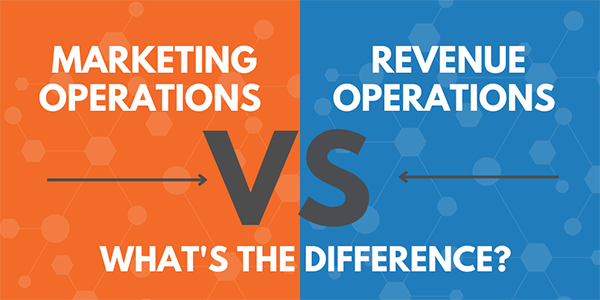Revenue operations focuses on the profitability outcomes that a business is trying to achieve. Most business leaders get revenue operations wrong – they think too narrowly about what it actually entails. The oversimplification of revenue operations limits profitability and impedes growth for any type or size of B2B company.
In the dynamic world of B2B tech and engineering, customer education and training are no longer optional—they’re essential. When customers fully understand your products and services, they’re more likely to remain loyal, advocate for your brand, and uncover new ways to derive value. As we conclude our 10-week series with Week 10, we’ll explore why investing in customer education and training is a cornerstone of sustainable growth.
Customer retention is more than just a metric; it’s a cornerstone of business longevity. For B2B tech and engineering service providers, retaining clients and mitigating churn are essential for sustainable growth. This week in our "Top 10 Challenges" series, we’re spotlighting customer retention and providing actionable insights to keep your customers loyal, satisfied, and engaged.
A revenue operations strategy, or lack thereof, can make or break your business. Without strategies in place, your business lacks vision and direction, and your team cannot clearly work towards a common goal ‒ meaning it is leaving potential revenue on the table. Yet, creating the necessary strategies can feel like a daunting task. So, where do you start? How can you utilize RevOps strategies to create end-to-end revenue production in your organization? Luckily, that’s our specialty. Keep reading to learn simple practices you can implement.
Do your sales reps do their own thing? Are you able to develop goals, measure results, and adjust expectations and actions based on data or is it a free-for-all? According to recent studies, only 33% of sales reps’ time is spent actively selling1, and 40% of their time is looking for someone to call2. Add to that the fact that up to 70% of the B2B buyer’s journey is complete before a sales rep is ever involved in the process. It’s no wonder companies are struggling to increase revenue.
In my experience, companies that don’t know who they are culturally, what they want from their people, or know why they’re having problems with unmet goals, will come up with a lot of reasons to be displeased with what they have. You may be saying to yourself, “Business owners and managers always know what they want – they want to sell their products or services.” Or more specifically, they want to sell more of their products and services. But at what expense?
There are various descriptions and definitions emerging for the different types of “operations” within a company – marketing operations, sales operations, business operations, financial operations, digital operations, revenue operations, and more. These terms are often used interchangeably. They are also used as department titles. Each B2B company seems to have its own version of what’s included in the operations disciplines.
As a business leader, no doubt you’ve heard about the big push for content marketing. But how does content marketing fit into your B2B company’s revenue operations strategy? Where should your content focus be and how on earth do you create an effective content strategy for your business?
When your B2B company provides value to its customers and they reward you by remaining loyal and referring others, you increase the value of your business. That’s why you got into business in the first place, right? Now, the hard question – do you know the valuation of your company today and how to increase that valuation year-over-year until you’re ready to exit? Most business owners feel they know the answer to this, but when it’s time to start exiting, they’re unpleasantly surprised.
Types of B2B Market Segmentation: Why Segmenting Helps Grow Revenue
Market segmentation is a pretty well-known exercise for marketing and selling B2C products and services. It involves categorizing your market by characteristics and building one or more strategies to connect with your audience based on certain traits. But what about B2B market segmentation?




-1.png)
.png)
.png)







